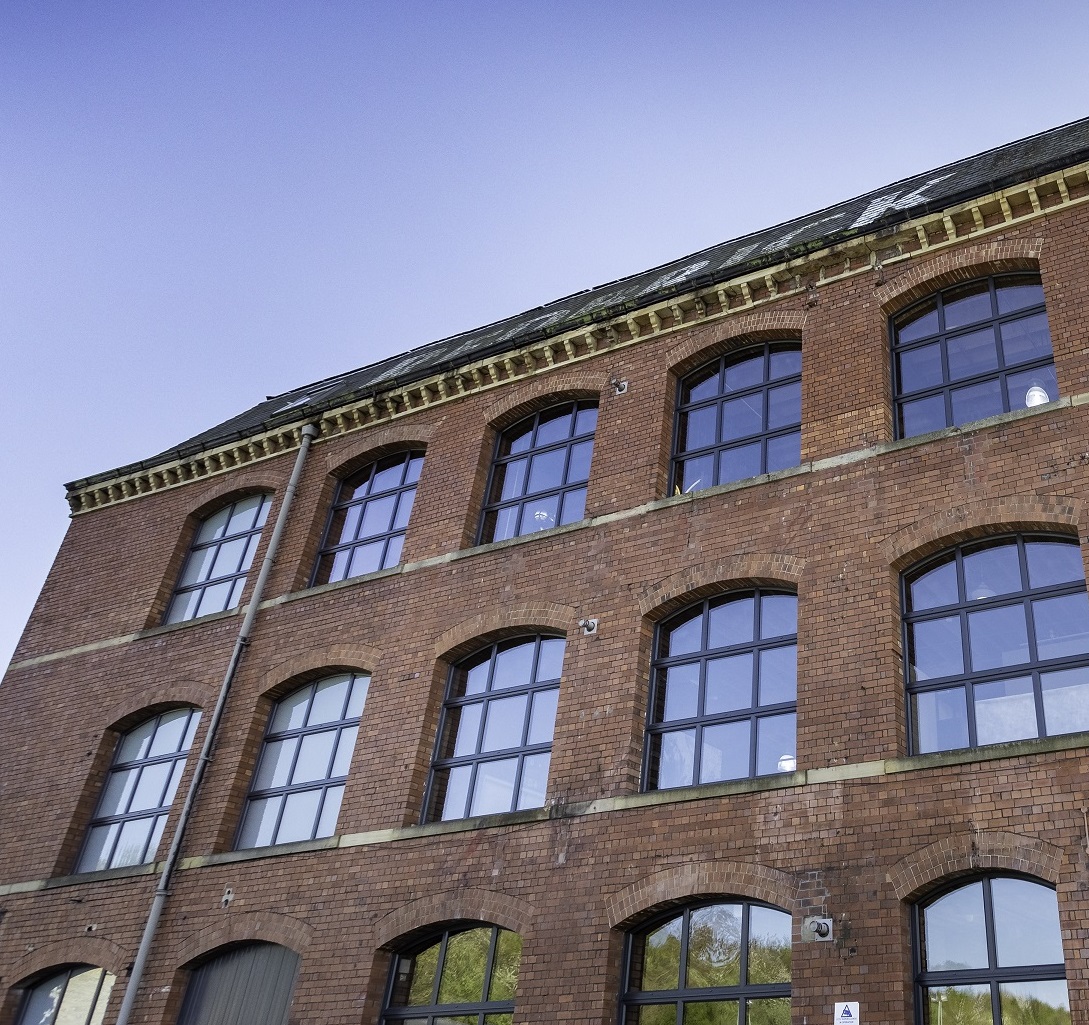Retrofit Right
Rehau, the window profile and other plastics manufacturer, has produced the Retrofit Right – Making Social Housing More Energy-Efficient...
Read Full Article
Improving the energy efficiency of historic properties, especially heritage homes, could reduce their carbon emissions by an estimated five per cent each year says the National Trust, Peabody, Historic England, The Crown Estate and Grosvenor Estates.
The action would also make homes warmer and cheaper to run according to a new report commissioned jointly by the five organisations which have joined together to highlight the huge social, environmental and economic opportunities offered by building a workforce with the necessary skills and training to ensure the UK’s historic buildings contribute to a net-zero future.
Skills gap
The report highlights the vital contribution that historic buildings can make in the fight against climate change and focuses on the scale of the opportunity to address the skills gap required to meet this challenge. It shows that more than 105,000 new workers, including plumbers, electricians, carpenters and scaffolders, will be needed to work solely on decarbonising the UK’s historic buildings every year for the next three decades for the UK to meet its 2050 net-zero target.
Early 20th century built
Buildings in the UK are responsible for around a fifth of the nation’s greenhouse-gas emissions, with historic buildings accounting for a significant proportion. 6.2 million UK homes (around one in five) and a third of all commercial buildings (around 600,000 in total) were built before 1919.
Windows and doors
Retrofitting, such as ensuring windows, doors and heating systems are more energy efficient, lowers emissions and can prolong the life of an older building. It avoids the carbon emissions associated with demolishing and building new.
The pandemic, Brexit and an ageing construction workforce have contributed to a skills shortage in the industry in recent years. An estimated 100,000 people currently work on historic buildings. But up to 105,000 new workers will be needed each year until 2050 to focus solely on upgrading buildings built before 1919, says the report. Without urgently addressing the need for these extra skills and jobs, the report finds that the UK might face a backlog of retrofit projects in the 2030s and risks losing some of its cultural heritage if these building become uninhabitable. The additional skills needed, combined with a general shortage of skills in the construction industry, creates a perfect storm of a challenge.
“As Chris Skidmore’s net-zero review identified, we need to grasp the historic opportunity tackling climate change offers us,” says Tor Burrows, Grosvenor’s executive director of sustainability and innovation. “The Environmental Audit Committee has called for a national mobilisation on energy efficiency. We believe this captures the urgency of the task. The UK needs a long-term national retrofit strategy, led by the government, positively bringing together training, funding, and standards to sensitively decarbonise our historic buildings.
“Only then can we truly seize this opportunity to tackle a significant source of greenhouse emissions while protecting our much-loved built heritage.”
Apprenticeship levy
The report encourages the government to make the apprenticeship levy more flexible, allowing unspent funds to be channelled into training more people in the heritage retrofit field. Grosvenor has pledged to transfer up to £50,000 of its levy each year to smaller businesses looking to bring new skills to their workforce.
Levy money could also be used to fund six to eight-week bootcamps for people interested in joining the sector, or to help existing workers acquire the specialist skills needed.
£3.3bn of unused Apprenticeship Levy was returned to the treasury between May 2019 and July 2022.
National Trust
Hilary McGrady, director general of the National Trust, says: “From Georgian town houses to the mills and factories that kick-started our industrial revolution, our historic buildings play a significant role in society and are one of the key pillars of the government’s Levelling Up strategy. The stewardship of our built heritage is in our hands and we must ensure we prepare it for the challenges of climate change. It’s a significant task but it’s one we can achieve through co-ordinated action. But that action must be taken now.”
Picture: According to five major organisations, heritage properties need to be retrofitted to contribute to net zero; and training is required to generate the appropriate skills
Article written by Cathryn Ellis
20th March 2023